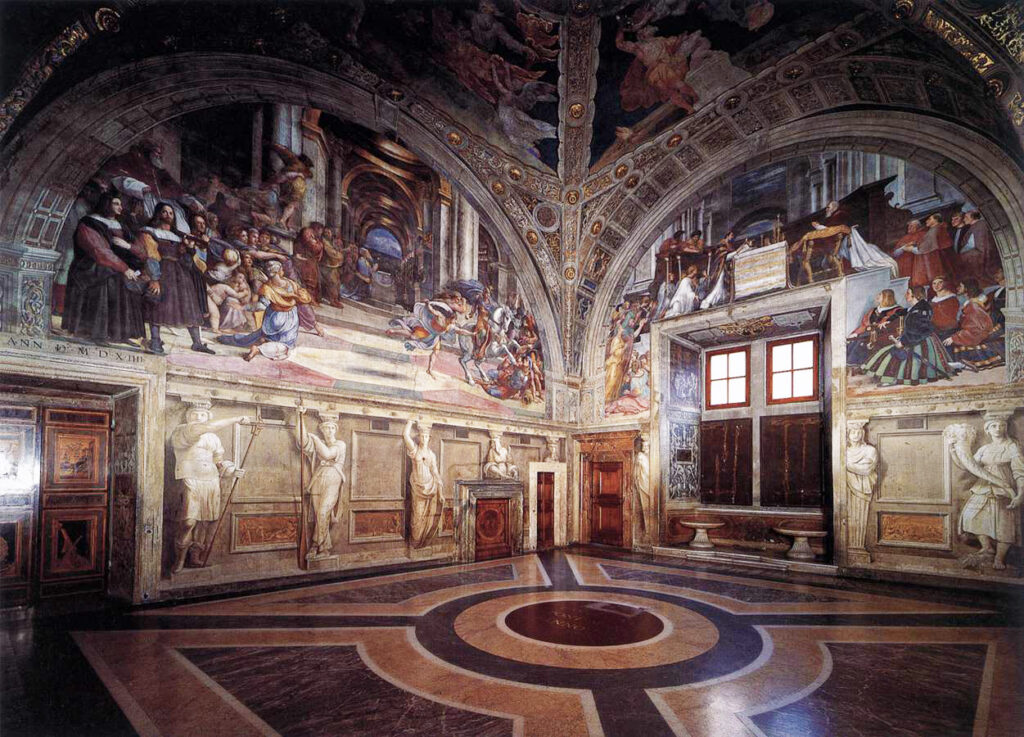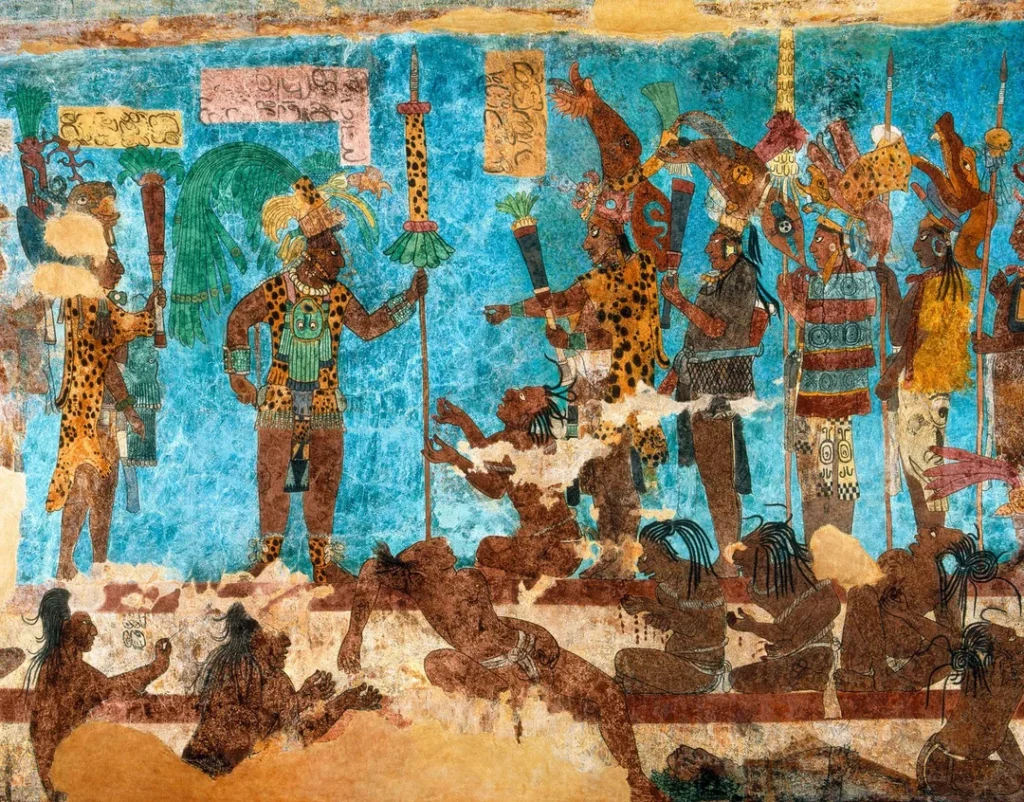Murals are more than just things to look at; They are lively windows into the past, documenting historical events, cultural practices, and artistic expressions. From the beginning of time, wall paintings have filled in as both political proclamations and imaginative undertakings, offering knowledge into the social orders that made them. The following ten historical murals have captivated audiences with their beauty and significance. They are some of the most intriguing.
1. The Sistine Sanctuary Roof (Vatican City)

Perhaps of the most eminent wall painting on the planet, Michelangelo’s Sistine Sanctuary roof, painted somewhere in the range of 1508 and 1512, is a magnum opus of Renaissance workmanship. The frescoes portray scenes from the Book of Beginning, including the notable “Formation of Adam,” where God and Adam contact each other with their fingers. The wall painting’s mind boggling subtlety and significant imagery have made it a point of convergence of craftsmanship history and an image of human imagination.
2. The Last Judgment (Vatican City)

The Sistine Chapel’s altar wall is covered in “The Last Judgment,” another Michelangelo masterpiece. This enormous fresco, which was painted between 1536 and 1541, depicts Christ presiding over the final judgment of souls. The wall painting’s sensational arrangement and strong symbolism mirror the extraordinary strict enthusiasm and creative development of the period.
3. The School of Athens (Vatican City)

Raphael’s “The School of Athens,” painted somewhere in the range of 1509 and 1511, is a great representation of Renaissance craftsmanship and reasoning. Situated in the Verse della Segnatura, this fresco portrays a romanticized assembling of extraordinary savants from different times, including Plato, Aristotle, and Socrates. The painting is commended for its amicable structure and the incorporation of Raphael’s peers as traditional figures.
4. One of the best-preserved examples of ancient Egyptian

Wall painting can be found in the tomb of Nebamun, a high-ranking official from Egypt’s 18th Dynasty. The murals, which date back to around 1400 BCE, depict scenes of Nebamun hunting, feasting, and engaging in leisure activities. A glimpse into the culture and daily life of ancient Egypt is provided by the vivid colors and intricate scenes.
5. The Battle of Thermopylae (Greece)

A mural depicting the Battle of Thermopylae has been found in the ancient city of Delphi. Painted during the fifth century BCE, the painting depicts the well known stand of Lord Leonidas and his 300 Spartans against the Persian Domain. However a significant part of the painting is lost, it stays a significant verifiable record of this incredible fight.
6. The Bonampak Murals (Mexico)

The Bonampak murals, which were discovered in the Mayan ruins of Bonampak in Chiapas, Mexico, at the end of the 8th century CE, can be traced back to that time. These paintings portray striking and sensational scenes of Maya life, including ceremonial functions, fighting, and human penance. The wall paintings are eminent for their striking tones and point by point depiction of Maya society, giving important experiences into their strict and political practices.
7. The David and Goliath Mural (Czech Republic)

The “David and Goliath” mural dates back to the 14th century and can be found in the Church of St. James in the medieval town of Kutná Hora. The biblical story of David defeating Goliath is depicted in this fresco, which combines Gothic and Byzantine styles. The mural provides an insight into medieval storytelling practices and religious art.
8. The Diego Rivera Paintings (Mexico)

Diego Rivera, perhaps of Mexico’s most celebrated muralist, made a few notable paintings in the Public Private academy in Mexico City, finished somewhere in the range of 1929 and 1931. Mexican history, social struggles, and revolutionary ideals are depicted in these murals. The work of Rivera is famous for its bright colors and political commentary, which reflect the social and political climate of Mexico in the early 20th century.
9. The “Painted Room” at the Château de Fontainebleau (France)

The “Painted Room” is a stunning example of Renaissance mural painting in the French royal residence of Fontainebleau. The 16th-century murals combine classical and Renaissance styles to depict elaborate mythological and allegorical scenes. The opulence and artistic flair of the French court during the Renaissance can be seen in the room’s intricate decoration.
10. The Reims Cathedral Murals (France)

The Reims Cathedral is a Gothic masterpiece with a collection of murals and sculptures from the 13th century. Despite some wear and tear from time, the murals depict scenes from Christ’s and Mary’s lives. The artwork depicts the cathedral’s significance to the spiritual life of medieval France as well as its significance as a significant religious center.
As a result
historical murals are more than just artistic accomplishments; they are windows into the past, offering experiences into the way of life, convictions, and authentic occasions of their times. These works of art, which reveal the rich tapestry of human history through their colors and compositions, range from masterpieces from the Renaissance to ancient Egyptian art to revolutionary paintings and Maya murals. They continue to captivate and inspire.



GIPHY App Key not set. Please check settings